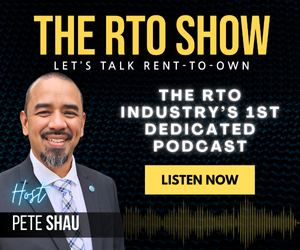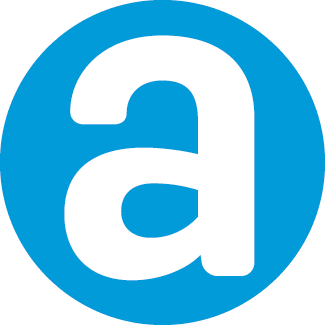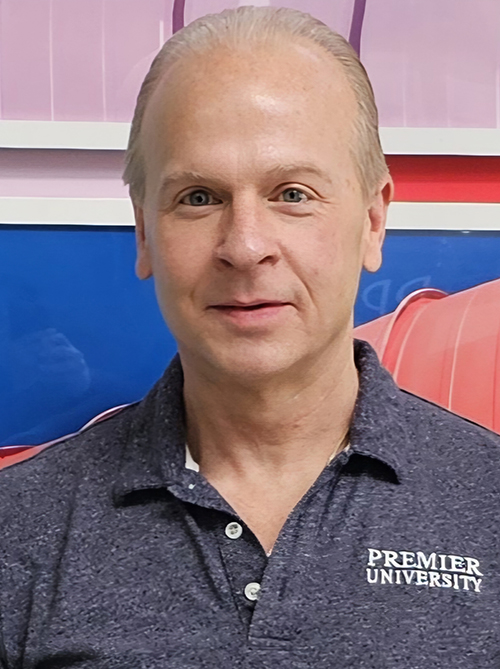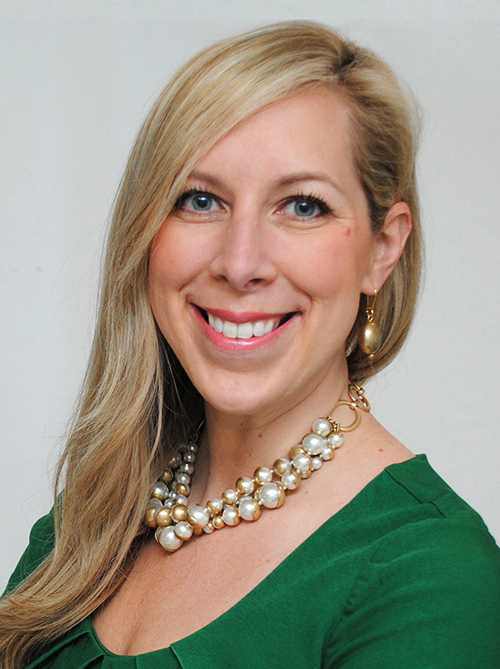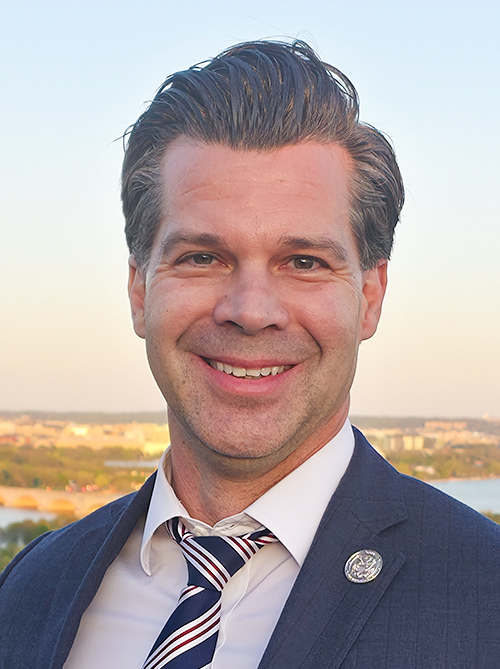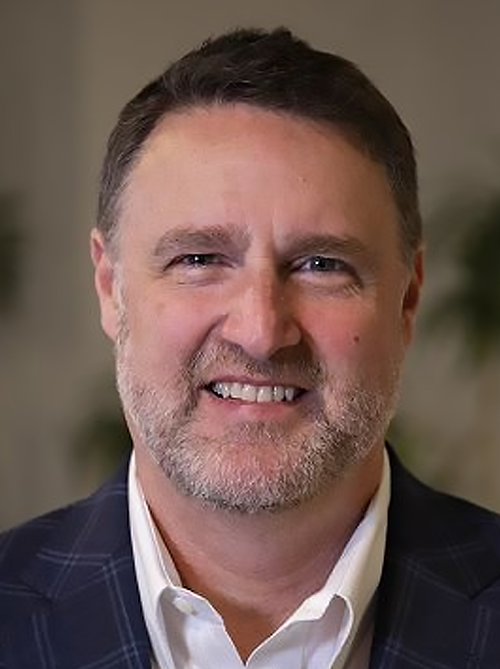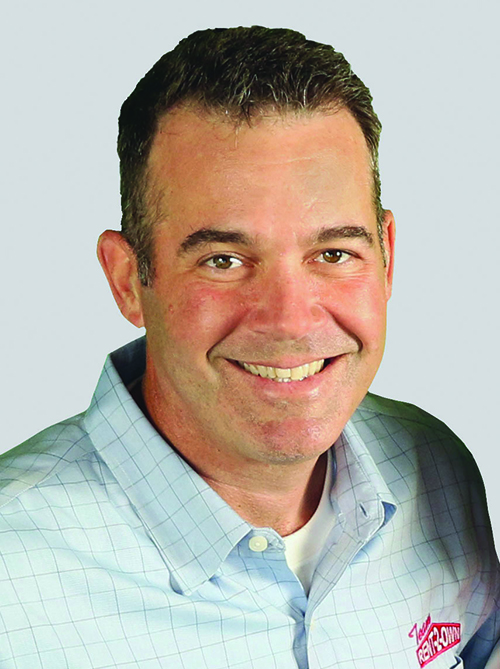By Charles Smitherman
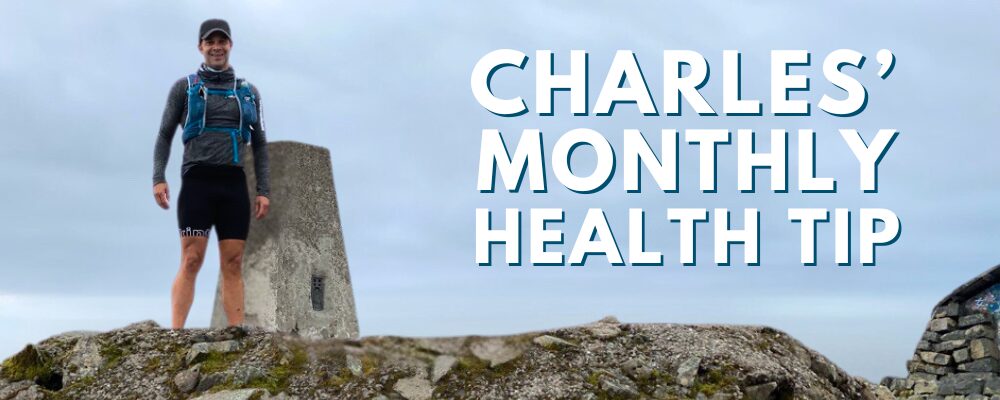
At mile 18 of my first marathon, I tore my lateral collateral ligament (LCL) in my right knee. I still have nightmares about a hellscape section at the bottom of the Grand Canyon called “The Box” from when I ran the Rim-to-Rim-to-Rim route. I remember the gas station parking lot in Louisville where I lost a stomach full of hydration and nutrition while on the run course of Ironman Kentucky. In these moments and in countless others, I wanted to quit. Sit down. Cry. Give up.
The open secret about executing any plan – whether it be a marathon, an ultra race, a New Year’s resolution, or just training in general, there comes a moment – sometimes many – when the idea of quitting gains a hold. The sidewalk looks like a welcoming place to lay down, Uber is a “call” away from taking you home, and the “Hot Doughnuts Now” sign is often on at Krispy Kreme to derail your diet. The best solution I have found when faced with these temptations is knowing your “Why.”
Why Knowing Your “Why” Matters
Knowing your “Why” at moments of physical weakness or mental exhaustion during a race or actively pursuing your goals reconnects you with your core motivation – the reason you started in the race or goal in the first place. Identifying and executing this deep-seated purpose on a personal level, the “Why” as Simon Sinek describes in his best-selling business motivation book, “Start With Why,” serves as a powerful catalyst for perseverance and achievement.
Identifying your “Why” involves introspection to uncover the fundamental beliefs and passions that drive you. This clarity not only fuels motivation but also provides a compass for decision-making and goal-setting. When your actions align with your core purpose, you’re more likely to stay committed and sustain progress, particularly when faced with challenges, adversity, lack of motivation, and physical or mental fatigue.
Turning Your “Why” Into Actionable Steps
Once you have found and articulated your “Why,” you can transform your aspirations into actionable steps. In my recent articles (1) (2), I have emphasized making small, incremental changes to achieve significant results over time. By breaking down your larger goals into manageable tasks, you reduce the overwhelm that often accompanies ambitious objectives or looking too far down the road beyond the immediate and present now. This approach fosters consistency and builds momentum, making the journey toward your goals more sustainable and less daunting.
For example, if your “Why” is to lead a healthier lifestyle to set a positive example for your family, start by incorporating small habits such as a daily 10-minute walk or replacing sugary drinks with water. If you want to run a marathon, start with running one mile, then two, then onwards. The journey of a thousand miles begins with one step. These modest changes, rooted in your core purpose, can lead to substantial health improvements over time and fundamentally alter your trajectory to achieving your goals.
The Power of Having a Purpose
Your “Why” is deeply personal and may include multiple pieces – to be healthy, to model positive behavior, to inspire those around you – but taking the time to identify your “Why” is as important, if not more so, than setting the goals themselves. You will inevitably be faced with the question at some point in your journey as to “Why are you doing this?” – and having an answer to this question is a fundamental key to success.
I limped through my first marathon on one good knee, thanks to my girlfriend (now wife of seventeen years), who carried me over those last 8 miles. I escaped “The Box” in the Grand Canyon and managed to make the long climb back out – literally and figuratively. The gas station in Louisville wasn’t the last place I was sick that day, but I eventually crossed the finish at 4th Street Live.
Each time I’ve faced the question – “Why are you doing this?” – I’ve had an answer. That answer is what kept me moving forward. In “The Road Not Taken,” Robert Frost wrote that choosing the road less traveled makes all the difference. Knowing your “Why” is what allows you to take that road—and see where it leads.




